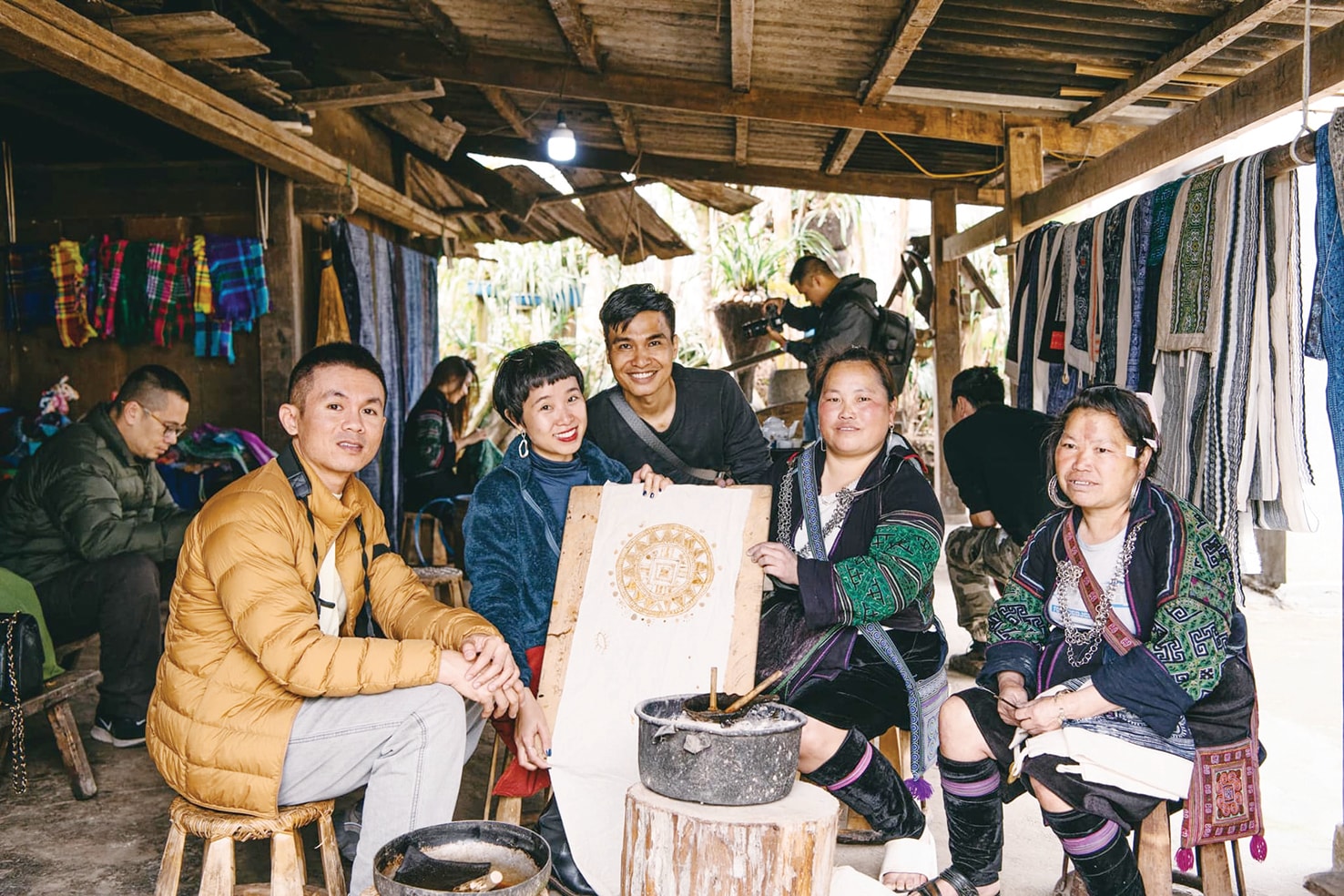
I kept looking, feeling like I was listening to an old song, where each pattern was a musical note, each color was the sound of the mountains and forests.
From flax to cloth - a journey of patience
How much time and effort did it take to weave that piece of cloth? I asked, she smiled gently: “It took almost two months to finish. Growing flax, peeling the bark, spinning the thread, dyeing, then weaving. Every night I make a little bit, singing to my child to sleep while doing it.”
It turns out that a brocade is not just a piece of fabric, it is a memory, a lullaby, a season and the rhythm of life of the whole family.
According to research on Hmong brocade art, the main raw material is flax - a small plant, only waist-high. When the flax is ripe, people pull up the whole plant, dry it for a few days, then peel off the bark, crush it, pound it and spin it into thread. The flax thread is boiled with wood ash to soften it and make it white, then dyed.
Traditional brocade of the H'Mong people uses dyes from natural materials such as indigo leaves, tree bark, turmeric, young mud... The time to complete a brocade fabric with many complex patterns can take up to several months.
And each type of brocade has its own characteristics and different production process. The main material of the Ede brocade is cotton. The cotton is fluffed, spun by hand, and dyed with tree roots, forest leaves, mud, and shells to create color.
The colors red, yellow, black, white, and green all have their own meanings: red symbolizes vitality, yellow represents the ripe rice season, black represents the earth, and white represents purity. To weave a brocade piece large enough to make a loincloth or a shirt, an Ede artisan must spend at least three to four months.
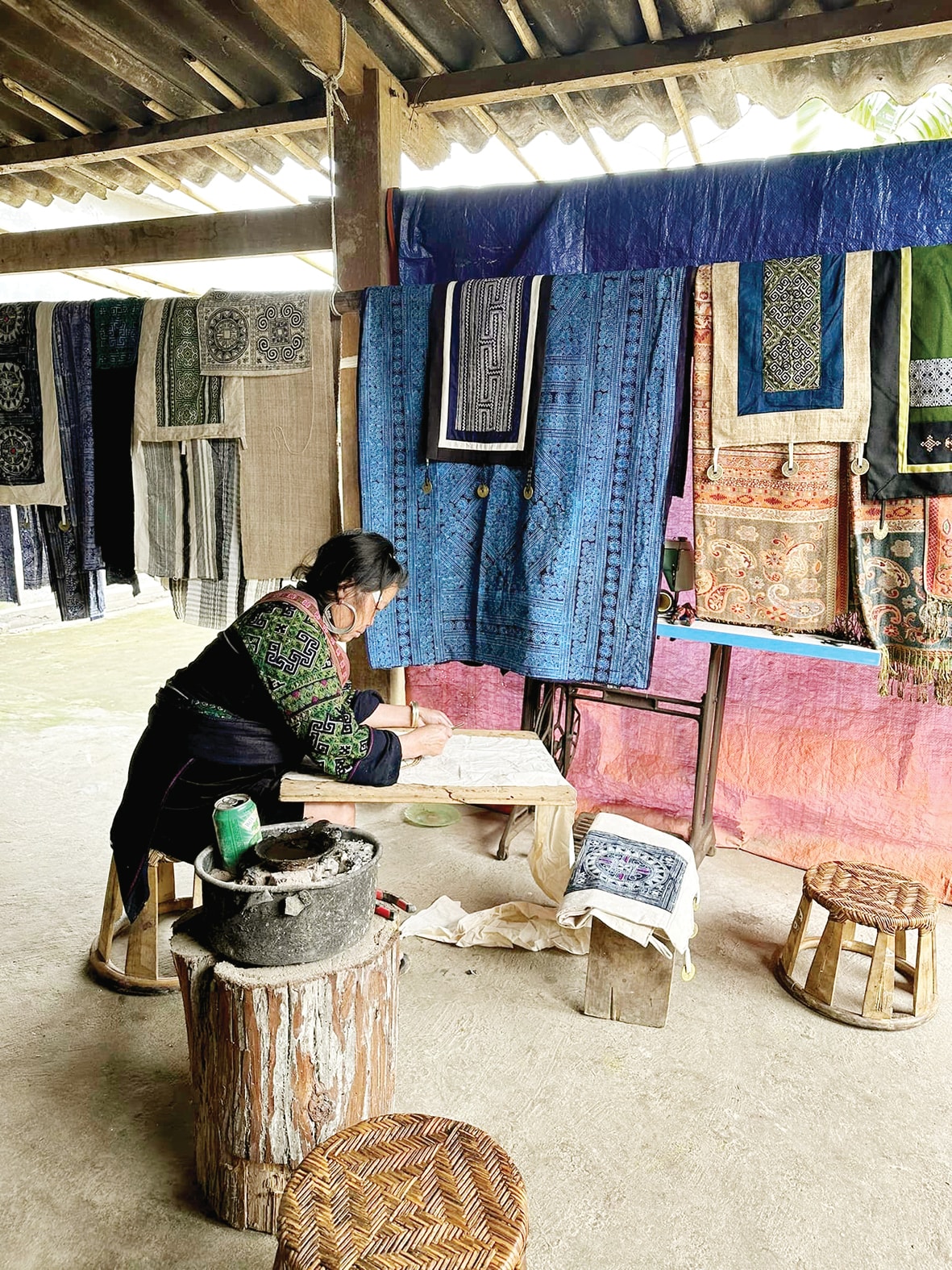
Patterns - the wordless language of the mountains and forests
Looking closely at a brocade, you will see that the pattern is the most important part. Among the Hmong, the motifs are often stylized from nature: flowers, mulberry leaves, squash, bird footprints, spirals, hooks, and jagged rocks. These motifs are not only decorative but also carry messages: praying for good crops, good health, and many children.
The Ede people have a very harmonious way of arranging patterns: parallel lines create a sense of stability, zigzag lines show strength, small dots represent rice grains. The fabric background is usually black or indigo blue, highlighting the red, yellow, and white stripes. The whole composition is balanced, evoking a sense of solemnity and order.
I like looking at the patterns as if I were reading a book without words. The zigzag lines are like the rhythm of footsteps climbing the mountain, the spirals are like the wind around the village, the red is like the fire, the white is like the morning mist. Sometimes, just a small section is enough to remind me of the morning in the village, when the crowing of the rooster mixed with the steady tapping of the weaving shuttle.
One of the most memorable trips my husband and I took was to Lao Chai village (Ha Giang). It was cold, the clouds covered the mountainside. We visited a family weaving brocade in preparation for the market. The mother sat at the loom, her hands moving quickly, her feet pedaling steadily. I asked her if she was tired, she said: “Weaving is when I can rest my stomach. Sitting at the loom, listening to the steady sound of the shuttle, the worries in my heart also lighten.”
I suddenly exclaimed: "Isn't that great?!" It seems that all the philosophies in this life lie in simple tasks.
Brocade is not only a product, but also a way of meditation. Each stitch is a breath, a way for the weaver to connect with himself. This feeling reminds me of the evenings at home, when my husband and I cook together, talk, everything slows down, also a way of "weaving" our own happiness.
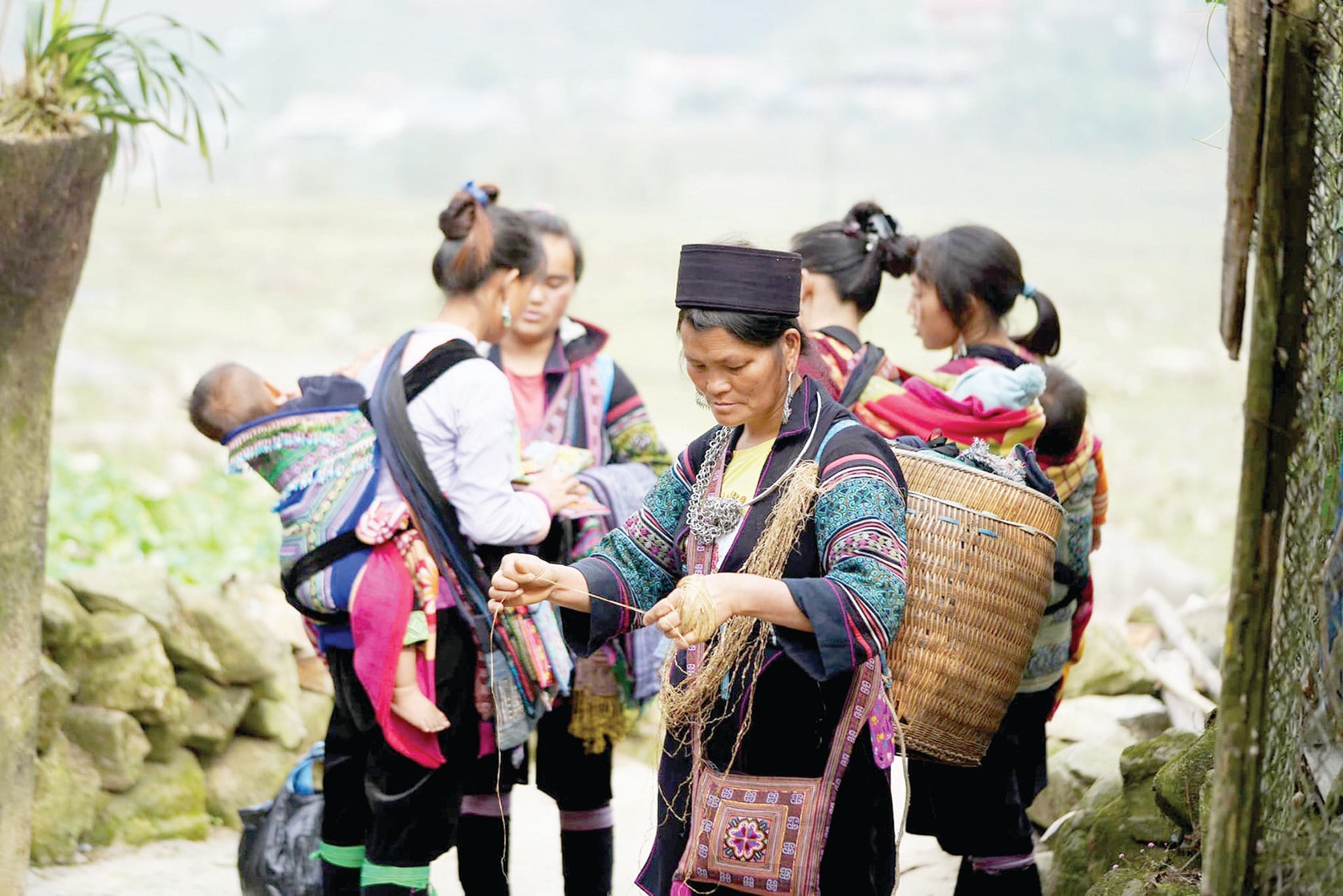
I brought the brocade pieces back to the city and placed them on the black sofa. In the modern urban room, the brilliant pattern was like a gentle ray of sunlight. One day I just sat there looking at that ray of sunlight, sipping tea, feeling like I was sitting in the village. A small piece of fabric kept the sky of memories in me of the wandering days.
Each piece of cloth is a piece of memory
We keep in our closet many pieces of brocade from many lands we have been to. Each piece of fabric often reminds me of a person or a scene. Once I folded a small piece of brocade to give to a friend. He opened it and exclaimed: “So beautiful, it looks like a map!”. I burst out laughing. That’s right, each piece of fabric is a map of memories. Harvest seasons, markets, moonlit nights, the sound of the flute, the laughter of children. When you bring it home, you are bringing a whole land with you.
Writing this far, I suddenly find myself weaving this article like a brocade of words. Each paragraph is a thread, each memory is a stitch, connected together to form a long piece of fabric.
When you read these lines, you have touched that cloth, touched what I have seen, heard, and touched in remote villages.
Brocade is not just a handicraft product. It is a place where memories reside, where lullabies, the sound of rice mortars, the sound of weaving shuttles become colors and patterns. It is a reminder that, in the midst of a busy life, we can still keep a peaceful corner, a piece of memory.
With just a scarf, a bag or a tablecloth, you have brought a part of the mountains and forests into your home. And perhaps, that is what makes brocade become an emotional material with a warm feeling every time you think about it.
Source: https://baodanang.vn/soi-chi-giu-gin-ky-uc-3305551.html










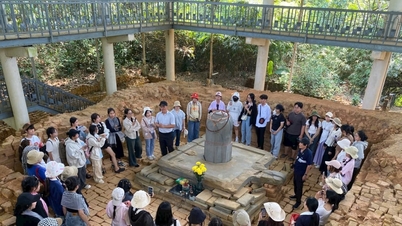

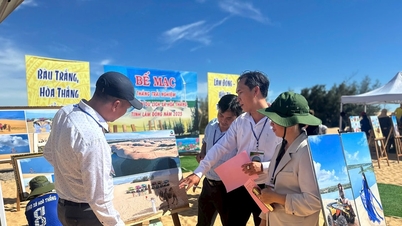
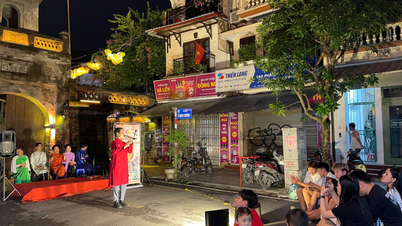

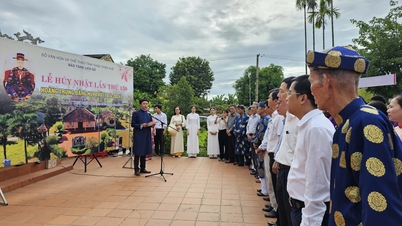

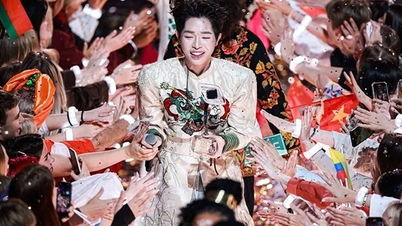

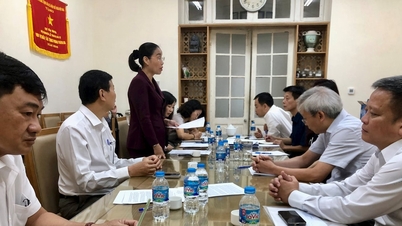

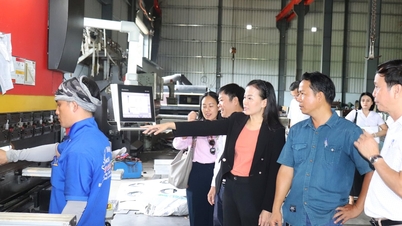
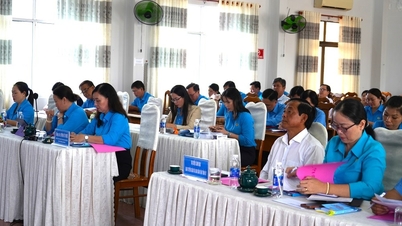








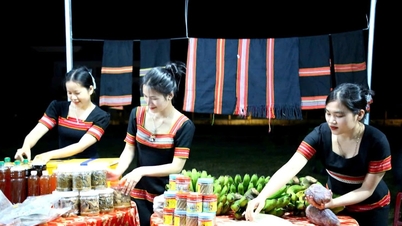
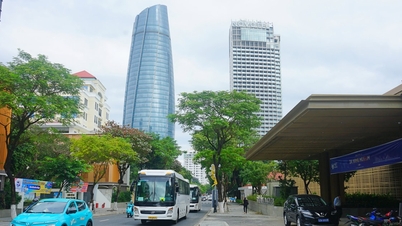
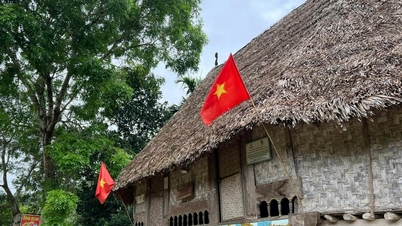
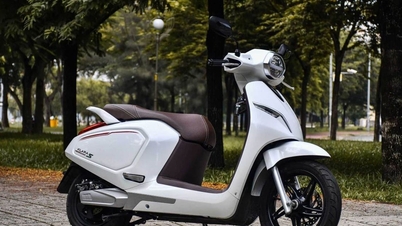
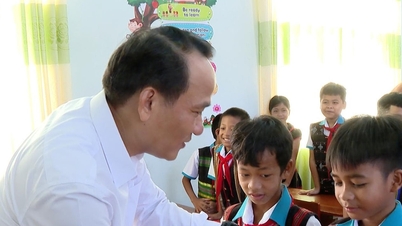









































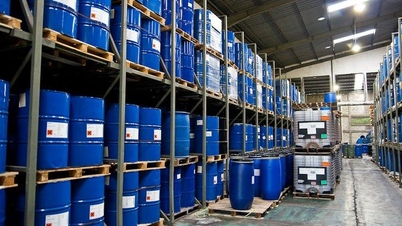

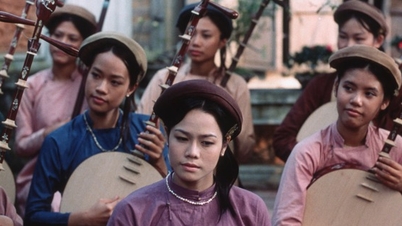





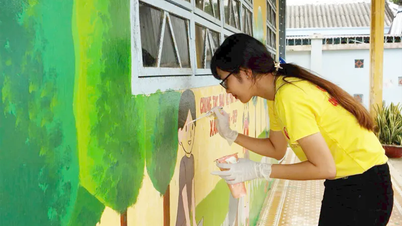

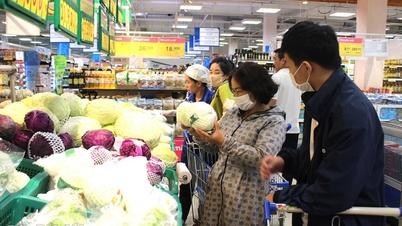



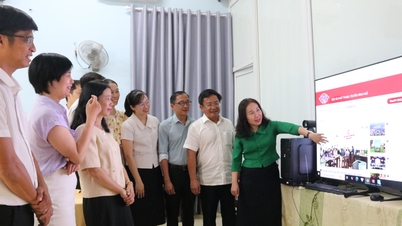












Comment (0)